OUR BLOG
Belgrade on Water – A Visionary’s Dream Realized After Two Centuries
Belgrade, a city on the water long deprived of it! These were the words of Bogdan Bogdanović, a renowned architect, professor, and visionary, describing his beloved city in the 1980s.
Belgrade, situated at the confluence of two important rivers, had long existed near water but remained distant from it. The idea to capitalize on this location had been present since the time of Prince Miloš, but it was only realized decades later through the “Belgrade on Water” project initiated by the President of Serbia, Aleksandar Vučić.
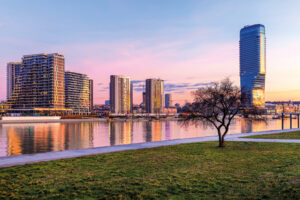
In the 16th century, Belgrade had two ports – a trade port on the Danube and a military port on the Sava. During the 18th century, the Habsburgs conquered the city, leading to the relocation of the Christian population to the Sava bank, where the settlement of Savsko selo already existed.
The urbanization of Savamala began in the early 19th century under the leadership of Prince Miloš Obrenović, who recognized the potential of the Sava bank and moved the commercial part of the city to that area. Although initial plans for the construction of a merchant district faced resistance, Prince Miloš, angered, ordered the relocation of the entire area to Palilula, where a bazaar with 46 shops was erected.
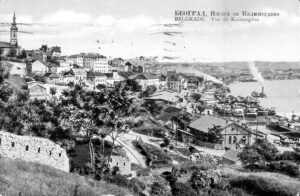
Savamala became the heart of the city, with many important buildings emerging along Topčider Road, such as the Sovjet, Ascension Church, and the Ministry of Finance.
The development of the railway and the construction of the Railway Station in 1884, along with the Railway Bridge over the Sava, contributed to the city’s expansion towards the rivers. The filling of the Venice Pond allowed the construction of the Belgrade Fair, and the Venetian settlement became part of Savamala.
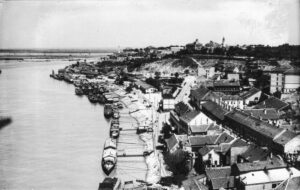
Over time, infrastructure development such as the railway and the construction of new settlements influenced changes in the urban fabric, but the idea of bringing the city closer to the rivers was not forgotten. The relocation of the railway station, plans for westward expansion, and waterfront development were part of various urban plans but often faced obstacles and resistance.
Although plans like the 1923 General Plan for bringing the city to the rivers existed, many of them were not implemented. Even the construction of the Prokop station did not lead to the realization of the dream of a town on the water.
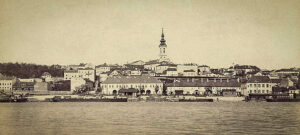
The “Europolis – City on Rivers” project from the 1990s remained unrealized but sparked discussions about the revitalization of Savamala and the Venice Pond.
In the early 21st century, the “Belgrade on Water” project finally came to life. Despite challenges such as political instability and a pandemic, work began, and today, Belgrade on Water stands as one of the largest mixed-use projects in Europe.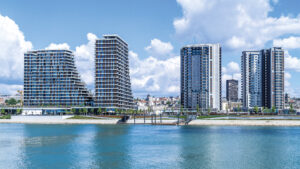
Residential and commercial buildings, a shopping center, hotels – all contribute to the new urban center of Belgrade. After almost two centuries, the city has once again approached its rivers, offering its residents a modern and functional space for living and working.
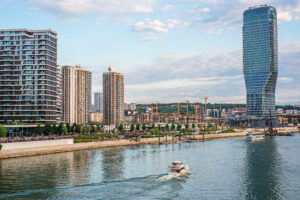
Belgrade on Water is not just an architectural project but a symbol of the city’s transformation and renewal, demonstrating that vision and persistence are key to realizing grand urban ideas.
Text from the latest issue of DIPOS magazine, more at: https://dipos.rs/wp-content/uploads/2024/01/DIpos2023_small-1.pdf
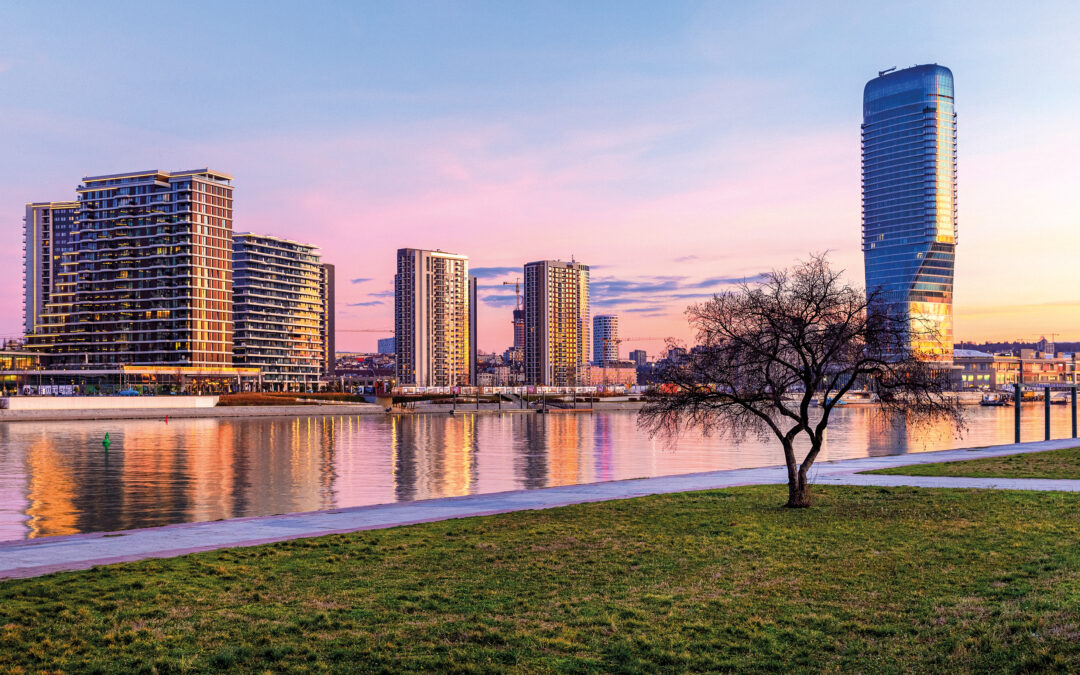







 2018
2018